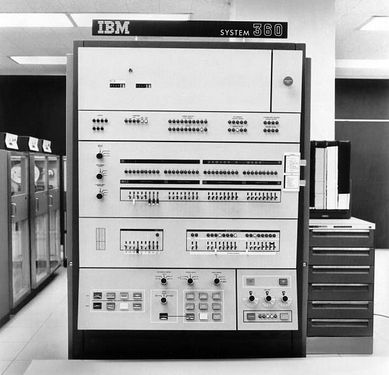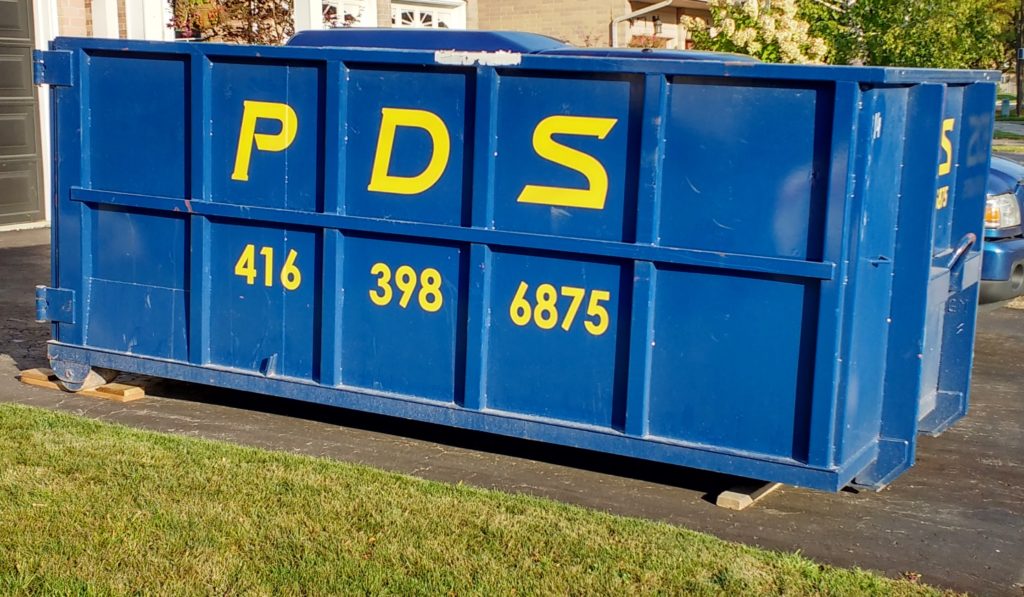Once upon a time, in a land far from any modern developers, were languages named COBOL and PL/I, which generated programs that were consumed by a beast known as Mainframe. Developers for those languages compiled and linked their applications huddled around strange luminous green screens and piles of hole filled papers while chanting vaguely latin sounding incantations like “Om-padre-JCL-beget-loadmodule-pee-dee-ess.”
In these ancient times, version control tools like git were not available. There was no notion of makefiles, so compilation and link was a batch process, with no dependency tracking, and no parallelism. Developers used printf-style debugging, logging trace information to files. In order to keep the uninitiated from talking to the Mainframe, files were called datasets. In order to use graphical editors, developers had to repeatedly feed their source to the Mainframe using a slave named ftp, while praying that the evil demon EBCDIC-conversion didn’t mangle their work. The next day, they could go back and see if Mainframe accepted their offering.
[TO BE CONTINUED.]
Incidentally, as of a couple days ago, I’ve now been working for LzLabs for 2 years. My work is not yet released, nor announced, so I can’t discuss it here yet, but it can be summarized as really awesome. I’m still having lots of fun with my development work, even if I have to talk in languages that the beast understands.

